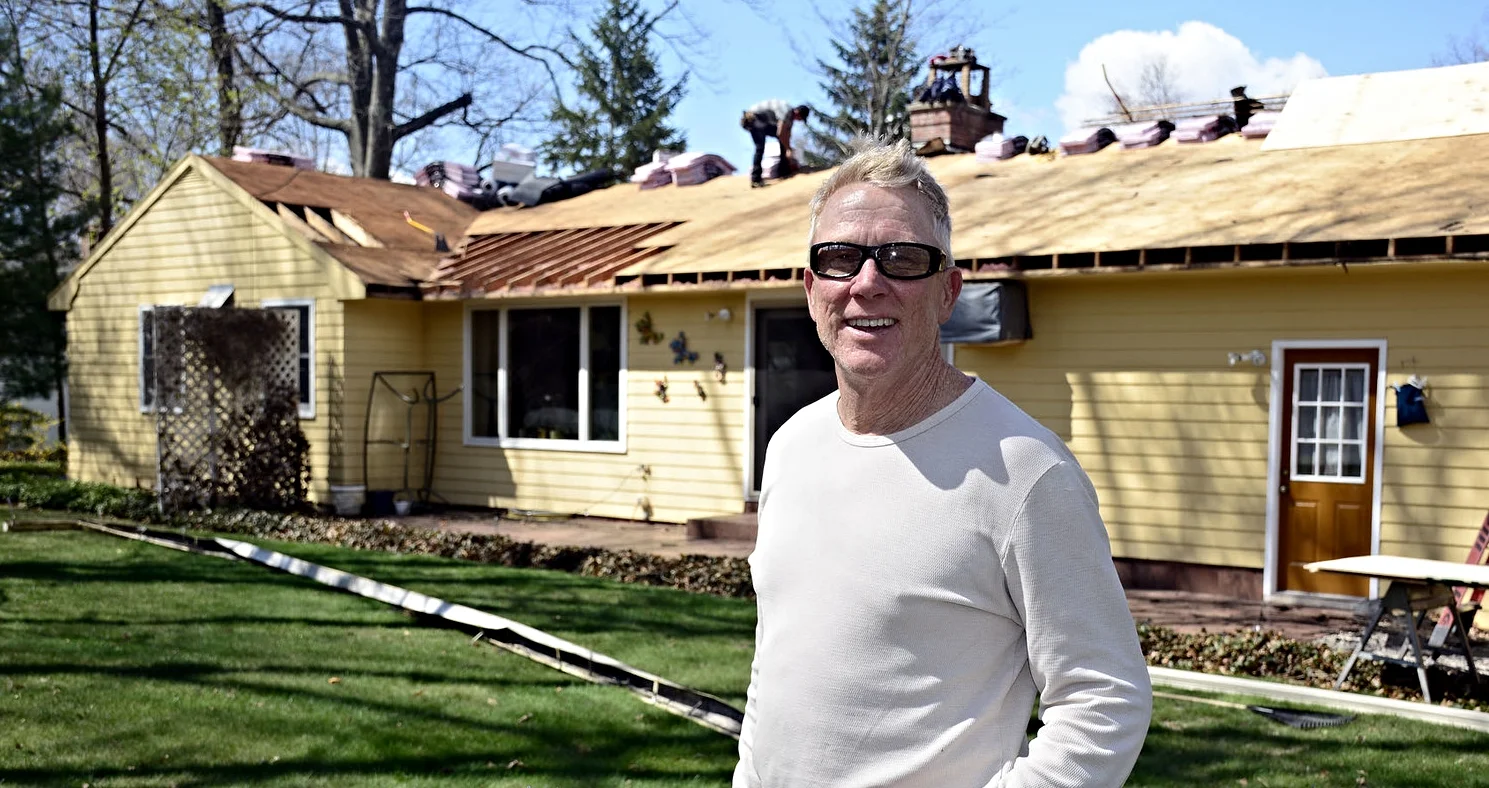Tools & Gifts for DIY Homeowners
Chelsea O'Donnell
If you’ve got a DIY‐homeowner in your life, or you are that homeowner, then Black Friday is basically the Super Bowl of “treat yourself.” Deals are deep, gadgets are fun, and your odds of finally upgrading that wobbly old drill just went way up.
Whether you’re shopping for gifts or stocking your own workshop for the next year, here are the tools and essentials that stand out for anyone who loves to tinker, repair, or dig into a weekend project. And yes—we’ve paired each category with two strong product picks (4.5-star+ reviews) to help you navigate the sea of sale fluff.
1. Cordless Drill/Driver Upgrade
Every DIYer has a drill. But do they have a good one? Black Friday is the time to get a brushless 20 V or similar kit with extra batteries and a case.
What to look for: Brushless motor, two batteries or more, compact design that won’t torque your wrist off.
Recommended picks:
These two offer very different budgets, both with strong reputations. One’s more of a full combo; the other’s a focused drill/driver upgrade.
2. Laser Distance Measure
If they’re still using that tape measure from 1997 (you know the one with the drywall dust fused in), it’s time. Laser distance measurers save time, reduce mistakes, and make planning way easier.
Recommended picks:
Either one will feel like a futuristic upgrade for the weekend warrior.
3. Wet/Dry Vacuum (Shop Vac)
Nothing says “I love you” quite like a tool that sucks up the catastrophe inside the garage. These vacs are ideal for sawdust, leaves, drywall scraps, and every random mess a homeowner faces.
Recommended picks:
Hard to beat this kind of efficiency when you’re clearing up weekend debris.
4. Oscillating Multi-Tool
This is the “how did I live without this?” category. Cutting, sanding, scraping in tight spots - all things you didn’t know you needed until you had one.
Recommended picks:
Both are solid picks, nicely future-proof and flexible.
5. Smart Home Starter Kit
DIYers like gadgets and control. Smart plugs, sensors, starter hubs - they’re fun gifts and useful tools for setting up the home for “just in case.”
Recommended picks:
Options really run the gamut from just plugs to full security systems, so choose based on your needs. Pick something easy to install and compatible with smart assistants for max impact.
6. Stud Finder That Actually Finds Studs
Too many homeowners rely on the cheap model that misses everything. Upgrade to a good one and save future drywall repair headaches.
Recommended picks:
Compact, battery-light (or no batteries), and dead-reliable, just the kind of gift you’ll be glad you got.
7. Portable Work Light / LED Shop Light
Holding your phone in your teeth while installing the garage shelving? No thanks. Good work lights make the space safer, more fun, and usable after sunset.
Recommended picks:
Choose rechargeable or battery-compatible for flexibility.
8. Tool Storage & Organization
You know the phrase: “A place for everything and everything in its place.” Rolling toolboxes, pegboards, stackable cases - they cost less during Black Friday and keep workshop chaos at bay.
Recommended picks:
Better than buying more tools: buying a place to store them.
9. Heavy-Duty Extension Cord
Finally, the unsung hero: the extension cord. It doesn’t seem glamorous, but when your workbench is in the garage, you need good reach, proper gauge, and outdoor durability.
Recommended picks:
Look for 12 or 14-gauge, weather-resistant jacket, and visible color for safety.
Final Thoughts
If you’re shopping for a DIY homeowner this Black Friday, go for tools and accessories that make their weekend projects smoother, safer, or just more fun. And if you’re the DIY homeowner? Consider this the perfect excuse to upgrade your gear. Because let’s face it, the project list isn’t getting any shorter.
Bob O’Donnell is the owner of O’Donnell Bros. Inc., a Bristol-based home improvement company established in 1975. Email your questions for Bob to info@odonnellbros.com with the subject line “Ask the Pro.” All questions may be considered for publication. To contact Bob for your remodeling needs, call O’Donnell Bros. Inc. at (860) 589-5155 or visit www.odonnellbros.com. Advice is for guidance only.
